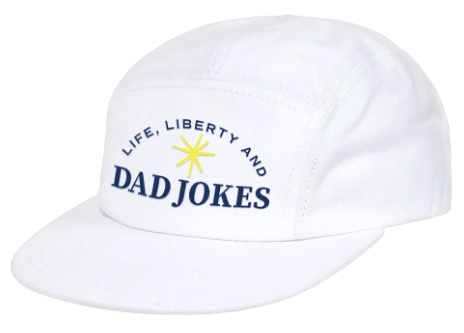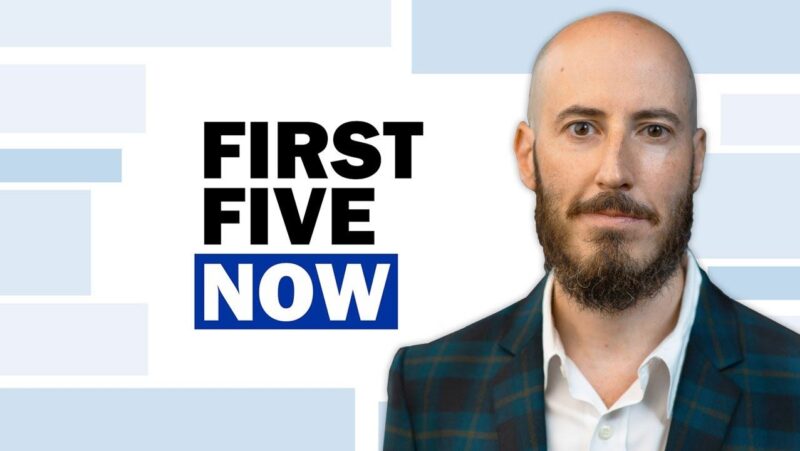Free Speech on Social Media: The Complete Guide

The First Amendment protects speech from government censorship. But what about free speech on social media?
Social media platforms are private companies and are not bound by the First Amendment. In fact, they have their own First Amendment rights. This means they can moderate the content people post on their websites without violating those users’ First Amendment rights. It also means that the government cannot tell social media sites how to moderate content. Many state laws to regulate how social media companies can moderate content have failed on First Amendment grounds.
Most sites also cannot, in most cases, be sued because of users’ posts due to Section 230 of the federal Communications Decency Act.
But given their significant role in public discourse, it’s important to know the most popular social media platforms’ policies for moderating users and content. How do they compare to each other and to the First Amendment’s values? Here's a deeper dive into free speech on social media.
Editor's note: Each social media icon below provides a summary of the platform's policy for four primary categories -- hate speech, harassment, misinformation and obscenity. For full policies, guidelines and terms of service, navigate to the "related resources" section at the bottom of the page.
Free speech on social media: What can and can’t you say?
Hate speech
Hate speech is speech that offends or attacks people based on their identity or characteristics such as race, ethnicity, national origin, religion, gender, sexual orientation, disability or disease.
The First Amendment protects hate speech from government censorship unless it falls into a recognized exception to the First Amendment such as incitement to imminent lawless action, true threats, fighting words or defamation.
Click or tap each social media icon for more information.
Harassment
Harassment refers to unwanted behavior that makes someone feel degraded, humiliated or offended. We do not define it to include true threats of violence, which are banned by all these platforms and are not protected by the First Amendment.
The First Amendment does not protect true threats (serious expressions of intent to commit acts of unlawful violence) from government censorship. But some anti-bullying laws have been struck down for violating the First Amendment.
Click or tap each social media icon for more information.
Misinformation
Misinformation is false or inaccurate information. Examples of misinformation include false rumors, insults and pranks. Examples of more deliberate disinformation include malicious content such as hoaxes and propaganda.
The First Amendment protects false statements in many cases (with exceptions for fraud and defamation).
Click or tap each social media icon for more information.
Obscenity
Obscenity is generally used to refer to sexual content that strongly offends the prevalent morality of the time.
The First Amendment protects pornography from government censorship unless it’s obscene. Whether something is obscene depends on contemporary community standards and whether it has any literary, artistic, political or scientific value. But nudity alone is not enough to make something obscene.
Click or tap each social media icon for more information.
Updated Oct. 2, 2023.
Related Resources
- Instagram Community Guidelines
- Instagram Terms of Use
- Facebook Community Standards
- LinkedIn Professional Community Policies
- Reddit Content Policy
- Snapchat Terms of Service – Safety
- Snapchat Support – Community Guidelines
- TikTok Terms of Service
- TikTok Community Guidelines
- X/Twitter Rules
- YouTube Community Guidelines
- YouTube Official Blog – Our ongoing work to tackle hate
Lata Nott is a fellow for the First Amendment at the Freedom Forum. Follow her on X/Twitter at @LataNott.
Perspective: Let public opinion, not the Supreme Court, curb social media companies
Watch: First Five Now: The Fight for Free Speech
Related Content
Here to top your best dad joke.


